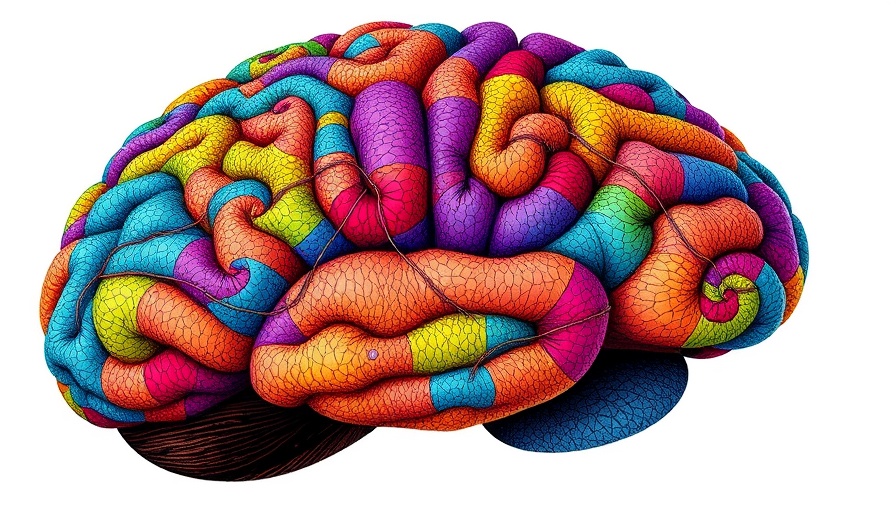
The Alarming Impact of Air Pollution on Child Brain Development
A new study from the Barcelona Institute for Global Health reveals a distressing trend: children exposed to high levels of air pollution during early and mid-childhood exhibit weakened brain connectivity. Published in Environment International, the research underscores the potentially devastating effects of air pollution on children's cognitive development.
The study found that children living in areas with elevated air pollution levels showed reduced functional connectivity in key brain areas responsible for vital functions, including thinking, perceiving, and movement control. This raises serious concerns, given the critical importance of early childhood as a developmental phase.
Understanding Brain Connectivity: What It Means
Brain connectivity refers to the relationships and interactions between different brain regions and networks. In this study, researchers measured connectivity within and between various cortical networks and subcortical regions like the amygdala, which processes emotions; the hippocampus, crucial for memory; and the caudate nucleus, involved in decision-making and movement regulation. Lower connectivity can have serious implications for cognitive functions and overall brain health.
Analyzing the Data: A Comprehensive Approach
The robust data set analyzed in the study involved 3,626 children from the Generation R cohort in Rotterdam. By examining air pollution exposure based on statistical models that combined actual measurements with environmental data, researchers could directly correlate pollution levels to brain health metrics. Neuroimaging assessments were conducted at two pivotal stages: once around age 10 and again at an average age of 14, allowing a longitudinal perspective on brain development.
Links to Long-Term Health Outcomes: What’s At Stake?
The implications of this study are far-reaching. Reduced brain connectivity during childhood could lead to long-term challenges in areas such as learning, emotional regulation, and even physical coordination. As air quality continues to degrade in many urban areas, it is essential for communities to recognize these threats and advocate for cleaner environments.
How Air Pollution Affects Children's Health and Wellness
Air pollution poses not only immediate health risks but also long-term effects that can manifest as chronic health issues later in life. Public health initiatives focusing on environmental health and better urban strategies can play a pivotal role in safeguarding future generations. Schools, parents, and community leaders should be proactive in reducing exposure to pollutants.
Future Directions: Research and Public Policy Implications
As research continues to evolve regarding air pollution's effects on children, it's crucial for policymakers to take substantive action. Engaging with health and wellness organizations can help bridge the gap between scientific findings and community practices, leading to enhanced public health strategies.
Emerging studies should aim to look beyond just the cognitive aspects and explore how these environmental factors interplay with socio-economic status and access to healthcare resources, particularly in underserved communities.
A Call to Action: Prioritize Health and Wellness in Your Community
In light of these findings, communities must engage in discussions around air quality and children’s health. Local health and wellness events can provide resources and education on the importance of clean air and how individuals can contribute to improving their environment. Supporting health and wellness initiatives can be instrumental in creating a healthier future for the coming generations.
Connecting with local health organizations or participating in community health and wellness events can foster a collective effort towards tackling these pressing issues.
 Add Row
Add Row  Add
Add 




 Add Row
Add Row  Add
Add 


Write A Comment